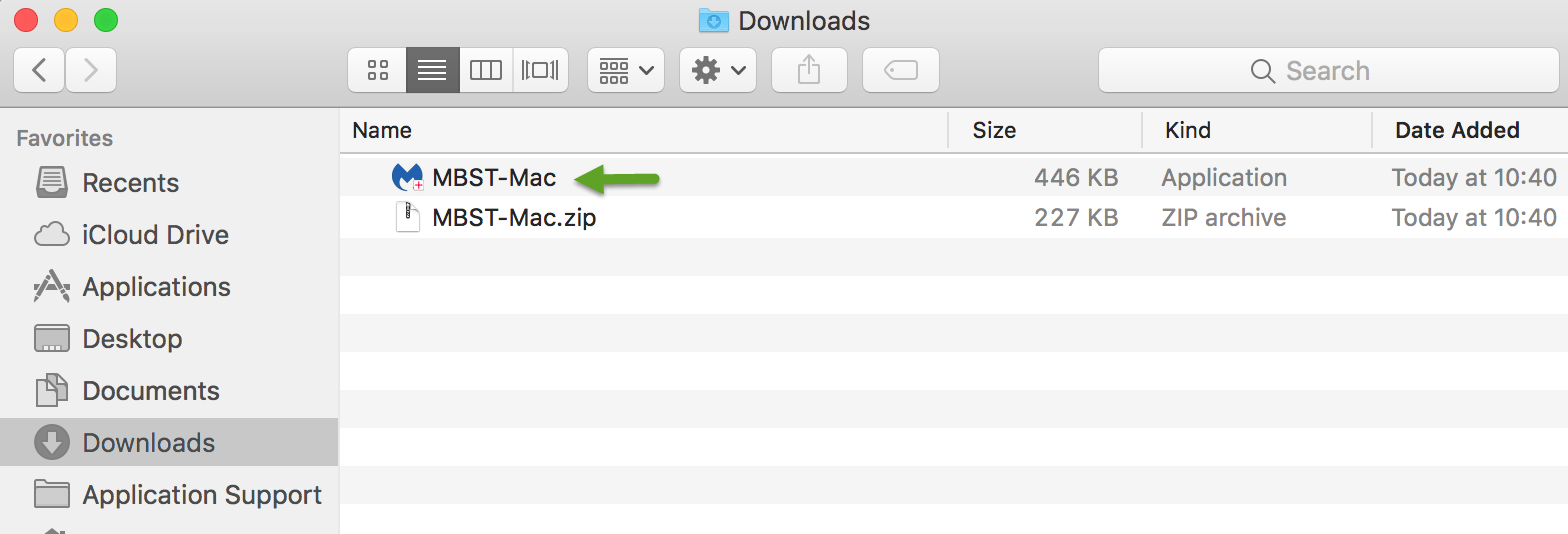

- #Malwarebytes support zip file#
- #Malwarebytes support archive#
- #Malwarebytes support zip#
- #Malwarebytes support download#
- #Malwarebytes support windows#
Of course, the invention of dot zip domains didn't suddenly make URLs hard to read, they were already, but that's no excuse. It's hard to read URLs even if you know you're looking for something out of place. Would you have spotted it if you hadn't been forewarned? And if you didn't spot it, don't feel bad, that's the whole point.

If you figured it out, well done, but remember you knew that one of them was bad.
#Malwarebytes support download#
The second would go to the domain v1.27.1.zip, which in this hypothetical example triggers the download of the evil.exe file.
#Malwarebytes support zip file#
The top one would open a zip file called v1.27.1.zip from the domain. In it, Rauch challenges readers to identify which of the following two URLs "is a malicious phish that drops evil.exe?" the bottom one. What could criminals do with this new toy? There is no better example than that provided by security researcher Bobby Rauch, in his excellent article The Dangers of Google’s. Less sophisticated criminals just throw words like "paypal", or anything else you might recognise, into the link and hope you'll notice that bit and ignore the rest.Īgainst that backdrop, Google inexplicably decided to introduce something that will generate no useful revenue but will give cybercrooks an entirely new form of file and domain name misdirection, to add to all the others we're still wrestling with. Criminals make extensive use of open redirects for example-web pages that will redirect you anywhere you want to go-to make it look as if their malicious URLs are actually links to Google, Twitter or other respectable sites.
#Malwarebytes support windows#
Hilariousy, Windows helps the subterfuge along by hiding the second file extension, the one you really should be paying attention to, by default.ĭomain names get the same treatment. Most aren't even faced with that choice though. Given a choice of two, users have to decide which one to believe. The second is the real one: A dangerous executable type. An old favourite is giving malicious files two files extensions, like.

The attack chain is there to confuse (there's that word again) and mislead users and security software.Ĭriminals use other forms of misdirection in file extensions too. In a longer chain it might contain something that links to something bad, or contain something that contains something that links to something bad, or contain something that links to something that contains something that links to something bad. In a short chain, the zip file might simply contain something bad.

Typically, the zip file is first in a sequence of files known as an "attack chain". zip files and the last couple of years has seen an explosion in their use as malicious email attachments. The icon even includes a picture of a zipper on it (because reinforcement is good, and confusion is bad.)Īs it happens, cybercriminals love.
#Malwarebytes support archive#
If the three letters after the dot spell z-i-p, then that indicates an archive full of compressed-"zipped up"-files. Since the very beginning, files on Windows computers have used an icon, and a filename ending in a dot followed by three letters to indicate what kind of file you're dealing with. zip means something completely different. Meanwhile, plenty of users already have a clear idea that. zip URL lets your audience know that you're fast, efficient, and ready to move. When you're offering services where speed is of the essence, a. Against that indifference, it seems laughable that dot zip will ever come to indicate that a site is "zippy" or fast, as Google intends. Despite the fact that both dot com and dot org have been around since 1985, it's my experience that most people are oblivious to this idea. Dot com was supposed to indicate that a site was commercial, and dot org was originally meant for non-profit organizations. The TLD is supposed to act as a sort of indicator for the type of site you're visiting. TLDs are the letters that come after the dot at the end of the domain name in an Internet address, like, , and example.zip.įile extensions are the three letters that came after the dot at the end of a file name, like example.docx, example.ppt, and example.zip.ĭomain names and filenames are not the same thing, not even close, but both of them play an important role in modern cyberattacks, and correctly identifying them has formed part of lots of basic security advice for a long, long time. nexus, but it was dot zip and dot mov that had security eyeballs looking skywards, because of their obvious similarity to the extremely popular and long-lived. Google Registry actually announced eight new top-level domains (TLDs) that day. The synchronised ocular rotation was the less than warm welcome that parts of the IT and security industries-this author included-gave to Google's decision to put. If you heard a strange and unfamiliar creaking noise on May 3, it may have been the simultaneous rolling of a million eyeballs.


 0 kommentar(er)
0 kommentar(er)
